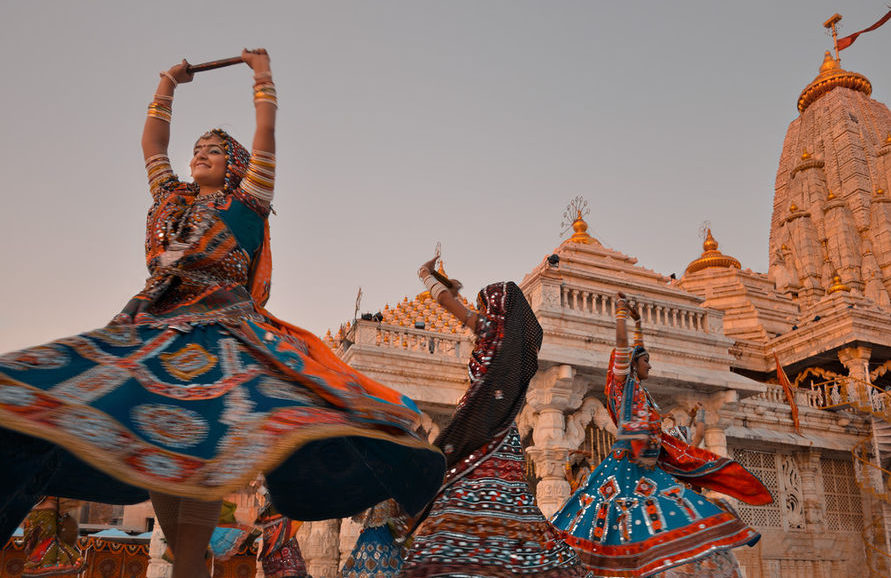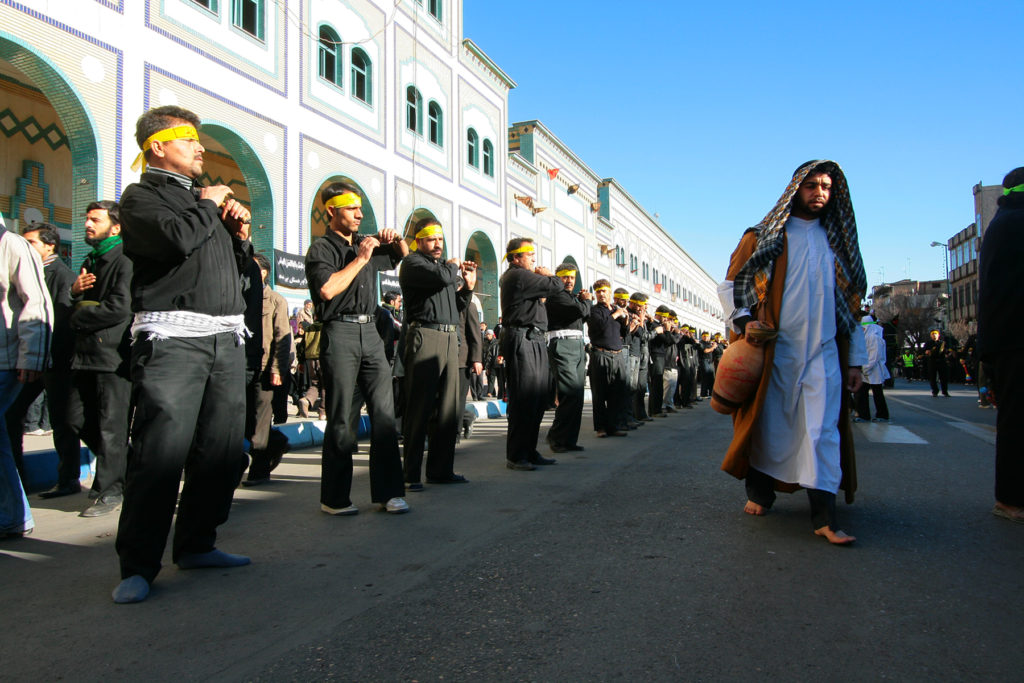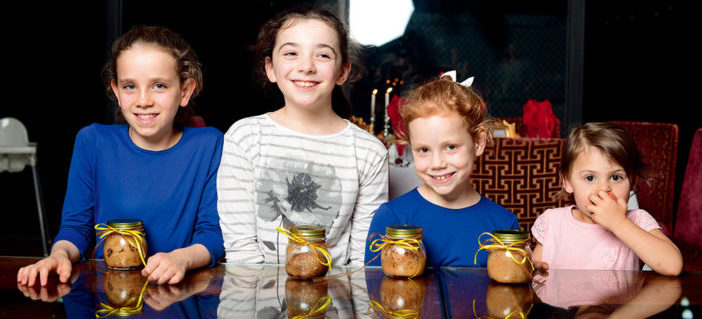Educators with 21st century mindsets all understand the importance of integrating diversity into their lesson plans, and these three upcoming holidays might be a great time to talk about different practices around the world.
Navaratri, a Hindu holiday, is observed on Wednesday, September 20. Rosh Hashana, a Jewish holiday, follows on Thursday, and Muharram’s first day, an Islamic observation day, takes place on Friday.
One important note is that teaching about the holiday should never involve participating in the rituals of the holiday, as students in an international setting come from diverse backgrounds.
For example, in most cases, it would offend Jewish, Muslim, and Christian students and their parents if students were required to participate in any other religious holidays, but learning about another religion’s holiday is innocuous. Additionally, making students opt out of an activity due to religious beliefs is awkward in the context of peers, so this also should be avoided.

Navaratri, a major holiday from India, is celebrated in the Hindu diaspora and all over the country but in different ways in each state. The common theme is that good triumphs over evil. This is a great holiday to use a class comparison chart and internet research, with assignments of specific states and countries.
Students can research different aspects of the holiday, including the specific story celebrated, food, dance, performances, and dress, as each of these aspects differs from location to location. Five groups of students could be assigned northern states, central states, coastal states, Thailand, and Malaysia as an example. If students are particularly apt in internet research, teachers could add in more specific locations, including urban locations compared to rural locations.

Rosh Hashanah is the Jewish New Year that’s celebrated 163 days after Passover. This holiday is also celebrated all over the world, but typically retains very similar characteristics in each location. This too could include internet research, or library research depending upon the breadth of resources available at your school, but instead of comparing locations, looking up the meanings to Rosh Hashana’s symbols are most applicable for learning.
Rosh Hashana meals typically involve quite a few sweet things to welcome a blessed year. Last year the Freudlich family and friends shared a recipe for honeycakes, which students could take home to try.
If students become particularly interested in this holiday, for further investigative research, they could study how the holiday has evolved historically and within the last generations of the Jewish diaspora. This Rosh Hashana Rock anthem is just a quirky part of that evolution.

The first day of the month of Muharram is the start of the Islamic New Year. This day starts the Muharram month, one of the four sanctified months of the Islamic calendar. Many Muslims choose to fast during this month, though it is not obligatory like Ramadan.
Many religions and cultures celebrate New Years, yet this Islamic New Year is brought in with very little fanfare in comparison. Though there are some variations from location to location and between the Sunni and Shi’a denominations, the day is focused on historical events from the past rather than looking forward to the upcoming year.
This observation day would help non-Muslim students from other backgrounds understand how history plays such a significant role in Muslim world perspectives.
After the teacher introduces the holiday either through a short lecture, classroom discussion with follow-up pair-shares would be great activities for this holiday.
Due to some of the more extreme customs of this observation day in some parts of the world, teachers should use discretion in deciding to continue an internet research-style classroom format for this holiday.
To maximize on these three diverse days, students could be challenged to write an essay about their own cultural or religious holidays and how these days affect their individuality or world view. Alternatively, if a classroom is particularly diverse, this could be made into a project where students teach one another about these important holidays through short presentations.
Source: Timeanddate.com
Photos: Dave’s Studio, Wikimedia Commons, Wikimedia Commons

Vanessa Jencks writes about relationships and faith at vanessajencks.com; more of her beijingkids articles can be found here.
Email: vanessa.jencks@gmail.com
Twitter: @vanessa_jencks
WeChat: vanessajencks
Facebook: Vanessa Jencks




